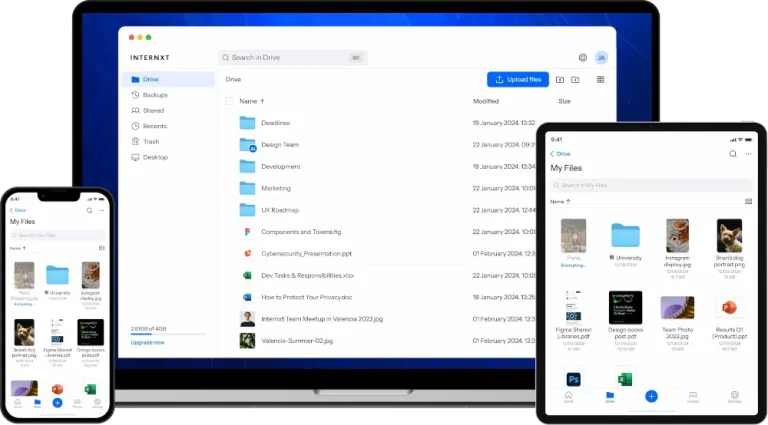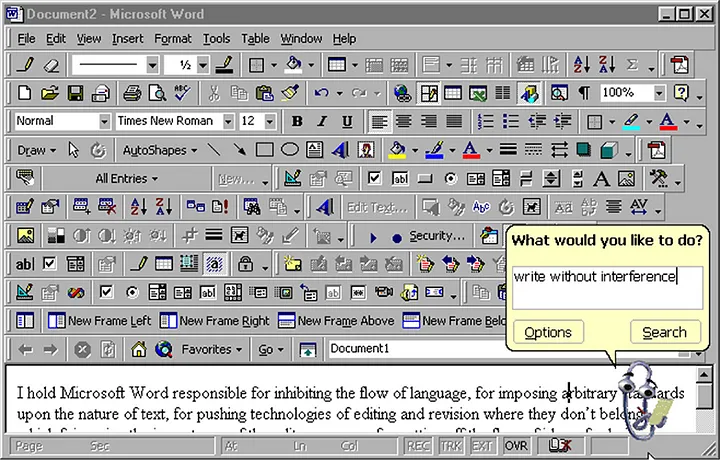The Role of Communication in Business Success
Email remains a vital communication tool for businesses. However, one of the biggest https://www.inboxally.com/challenges is ensuring that emails reach the intended recipients’ inboxes. This is where email deliverability software, like InboxAlly, becomes invaluable. Such tools help businesses avoid the dreaded spam folder, ensuring that their messages are seen by customers.
Building Trust and Loyalty
Moreover, leveraging email deliverability software like InboxAlly ensures that emails reach their intended recipients, improving open rates and contributing to a positive business image. In an era where customer expectations are higher than ever, businesses that prioritize effective communication will stand out, fostering loyalty and driving long-term success.
Enhancing Customer Experience
Active listening is a crucial component of effective communication. It involves paying close attention to what customers are saying, asking clarifying questions, and providing thoughtful responses. This approach not only helps in resolving issues more efficiently but also makes customers feel valued and understood. For example, a customer service representative who actively listens to a customer’s complaint and provides a tailored solution demonstrates genuine concern for the customer’s experience.
Boosting Productivity
Subscribe to Our Newsletter and Get Your First Deal Delivered Instant to Your Email Inbox.
Strategies for Effective Customer Communication
Personalized Communication
Email deliverability software can significantly improve email open rates. By using these tools, businesses can monitor their email campaigns and identify potential issues that might prevent emails from being delivered successfully. Higher open rates indicate that more customers are receiving and engaging with the content, which can lead to better customer relationships and increased sales. For example, a marketing campaign that consistently lands in the primary inbox rather than the spam folder is more likely to capture the recipient’s attention and prompt action.
Multi-Channel Communication
In today’s competitive business landscape, effective communication with customers and clients is not just a nicety—it’s a necessity. The way a business interacts with its audience significantly influences its reputation, customer satisfaction, and overall productivity. In this article, we’ll delve into the importance of customer communication, explore strategies for effective interaction, and discuss the role of email deliverability software in maintaining a positive business image.
Active Listening
A high email open rate is a strong indicator of effective communication. When customers regularly receive and engage with a business’s emails, it reflects positively on the brand. It shows that the business is reliable, professional, and values its communication with customers. Over time, this can enhance the business’s reputation and contribute to a positive brand image.
The Importance of Email Deliverability Software
Effective communication is the cornerstone of building trust and loyalty. Customers who feel heard and valued are more likely to remain loyal to a brand. This trust translates into repeat business, positive word-of-mouth referrals, and a stronger customer base. For instance, regular updates about product developments, personalized messages, and prompt responses to inquiries can make customers feel appreciated and respected.
Avoiding the Spam Folder

Improving Open Rates
In today’s digital age, customers expect businesses to be accessible through multiple channels. This includes email, social media, live chat, and phone. Providing multiple communication options ensures that customers can choose the method that best suits their needs. For instance, some customers might prefer the immediacy of live chat, while others might opt for the convenience of email. By offering various channels, businesses can cater to diverse customer preferences and improve overall accessibility.
Contributing to a Positive Business Image
Good communication enhances the overall customer experience. When businesses promptly address customer concerns and provide clear, helpful information, customers are more likely to have a positive perception of the company. This can lead to higher satisfaction rates and improved customer retention. For example, an online retailer that provides timely updates about order status and quickly resolves any issues that arise during the delivery process can significantly enhance the customer experience.
Conclusion
Personalization is key to effective communication. Customers appreciate when businesses take the time to understand their preferences and tailor their messages accordingly. For example, using a customer’s name in emails, sending personalized product recommendations, and acknowledging their purchase history can make communication more meaningful. Personalization shows that a business values its customers as individuals, not just as numbers.
Effective communication also contributes to internal productivity. Clear communication channels within a business ensure that employees are well-informed and can work efficiently. When employees understand their roles and responsibilities and have access to the information they need, they can perform their tasks more effectively. Additionally, good communication helps to prevent misunderstandings and reduces the likelihood of errors, thereby improving overall productivity.
Where Should We Send
Your WordPress Deals & Discounts?
Effective customer communication is essential for building trust, enhancing customer experience, and boosting productivity. By implementing personalized communication strategies, offering multi-channel support, practicing active listening, and providing regular updates, businesses can significantly improve their interactions with customers.
We respect your privacy and take protecting it seriously

Keeping customers informed is essential for maintaining a positive relationship. Regular updates about new products, services, or changes in policies help customers stay in the loop and feel connected to the brand. This can be achieved through newsletters, social media posts, and website updates. For instance, a software company that regularly informs its clients about upcoming features and updates ensures that they are always aware of the latest developments.





